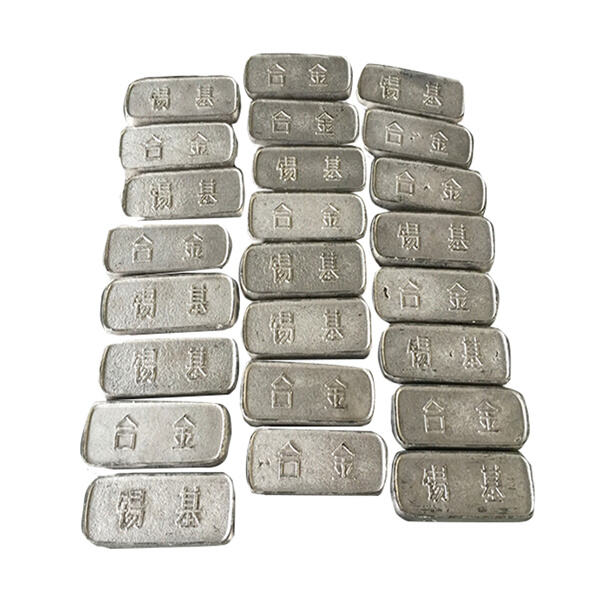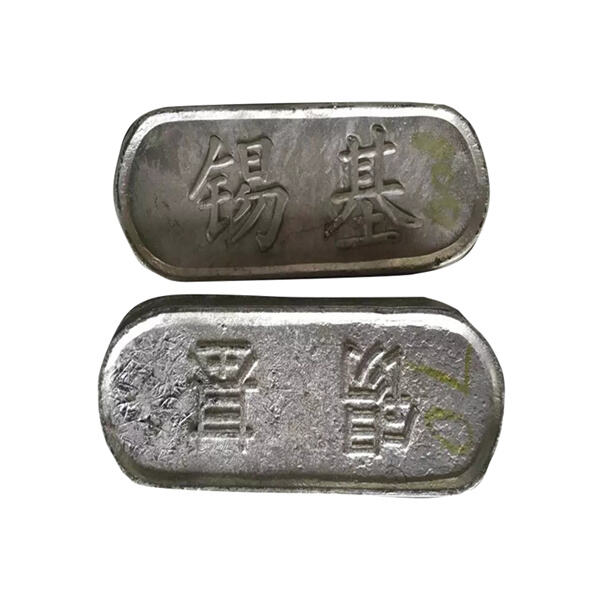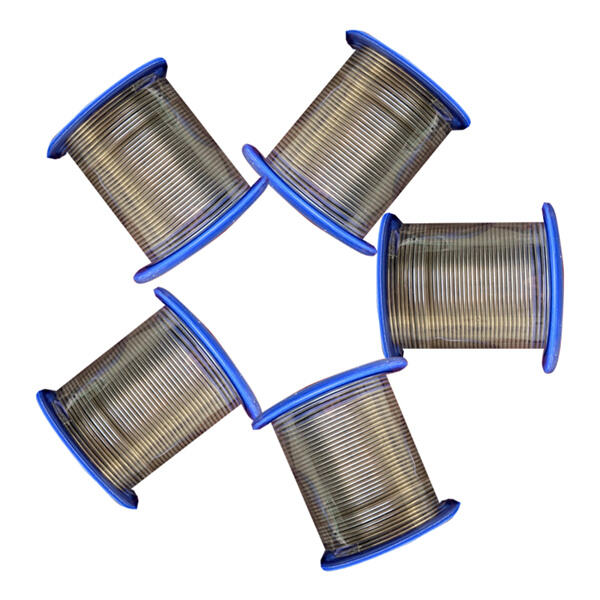Low melting point alloys (LMPA) are a class of special metals, that melt at lower temperatures than those of regular metals. Because they are easily melted, these alloys are important in many industries. If we understand the bismuth, then we can appreciate low melting point alloys.
Low melting point alloys are used in various applications. One popular application is in safety devices, such as fire sprinklers. These sprinklers need to respond fast in a fire, so low melting point alloys are used to allow them to melt at low temperatures and respond well.
It also has a critical application in electronics. Solder These alloys are used in solder, which also connects various elements of electronics. The low melting point is great for adhering parts together without damaging the tender electronics.
Benefits of using low-melting-point alloy There are many benefits to using a low-melting-point-alloy. One important advantage is that they melt at lower temperatures, so they are more malleable and easy to shape. This can, in turn, save time and effort in manufacturing items. Also, since they melt at low temperatures, they are easier to recycle and reuse than other metals.

However, there are some drawbacks as well. And because they melt at lower temperatures, they may not be as strong as other metals. This can restrict their use in locations where strength is crucial. Furthermore, some tungsten are comprised of elements that are harmful to the environment if not properly disposed of.

The melting point of an alloy varies depending on the metals being combined. When metals of differing types are combined, they form a new substance that has its own melting point. This melting point can be lower or higher than the melting point of the metals alone, depending on how they interact.

The uses of fusible or low-melting-point alloys increase as technology progresses. “There’s always the challenge to see if we can develop a new alloy with an even lower melting point, that improves on this and that,” Dr. Valdez said. SOME NEW LOW-MELTING-POINT ALLOYS MAY BE APPLICABLE IN THE 3-D PRINTING, NANOTECHNOOGY AND EVEN MEDICAL DEVICES.